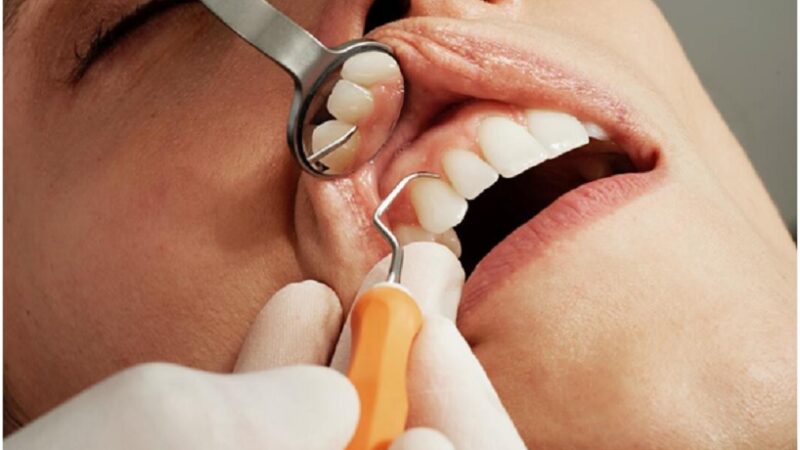Invisible and clear aligners are a type of orthodontic tool that has become extremely well-known over the last 10 years, with a recent spike in popularity during the lockdown period. This is because it is one of the few orthodontic procedures that can, in theory, be done without a dentist. Therefore, many companies have sprung up to provide people with clear aligners by the post.
So, in theory, you can have your teeth straightened without having to ever set foot into a dental clinic! However, as great as that may sound, is it really a good idea? Some aligner companies including the oldest provider of Invisalign in Glasgow will only permit patients to use their products under the supervision of a dentist. But why?
Aligners in general
The aligners are plastic forms that you wear over your teeth and slowly push your teeth into new positions. They come in a whole set of aligners; each one is used for a few weeks as they can only push your teeth so far before you move on to the next one. Aligners are quite unique, having to be tailored to each patient and to produce them, an extremely accurate record of your teeth must be made first and used as the start of the sequence.

Aligners at home
After you find a supplier of at-home aligners, they will engage in some form of assessment. This can range from a video consultation with a dentist to an off-the-peg questionnaire, depending on which provider you work with. After being accepted as a patient, you will be sent a dental molding kit along with instructions on how to use it. You will take your own dental mould and post it back to them and they will then use this to fabricate your aligners, which will arrive in about a month or so allowing you to start treatment.
If there are checkups throughout the treatment process, they will be carried out via photos that you email in or as part of video assessments. Some providers have their own dedicated apps that they communicate through.
Aligners in the dental clinic
A dental checkup or assessment would rarely begin with the intention of providing clear aligners, but, if a patient clearly has an orthodontic problem, it might be considered as an option. If the requirements are strictly cosmetic, the use of aligners to correct it is often brought up first by the patient.
Clinics that work closely with certain brands of invisible aligners usually make use of an integrated scanner system that allows them to take images of the inside of their patient’s mouth, creating 3D models that are sent to a dental laboratory for aligner fabrication. When the aligners are sent back to the clinic, the patient can pick them up. Usually, checkups are booked every 4 weeks to ensure progress is being made in the right direction and that no other issues arise.
The takeaway
As you can see from above, aligners at home are more convenient and sometimes cheaper, whereas aligners provided at clinics are more involved, thus giving more reliable and consistent results. One large area of concern is the use of home dental molds in relation to accuracy. Even dental moulds used in clinics by experienced professionals are easily warped if mishandled. Hence, when this is done as part of a home kit, it can often result in a distorted mould and ineffective aligners. So, for accuracy, contact a dentist before using aligners.









